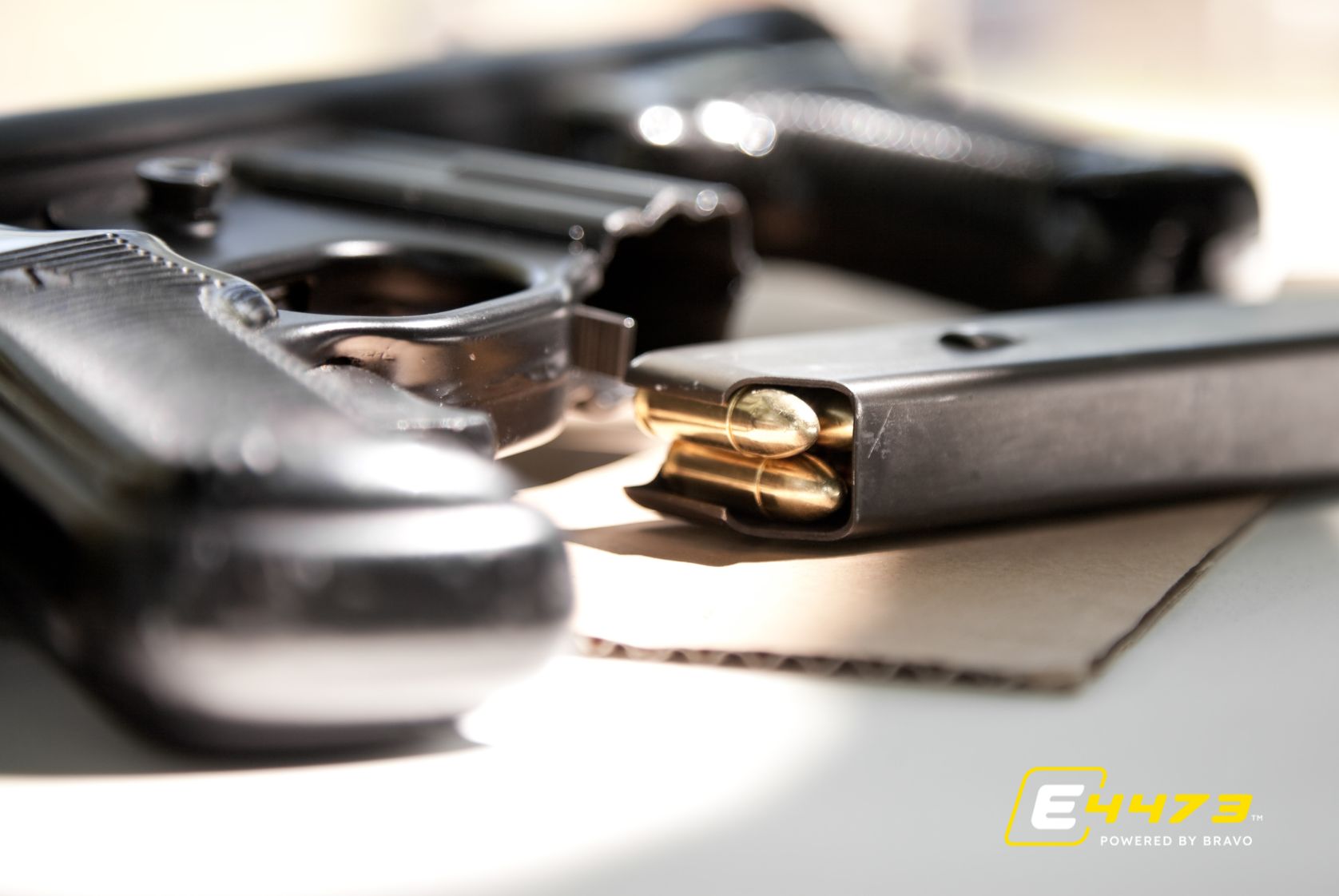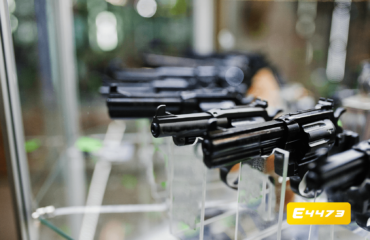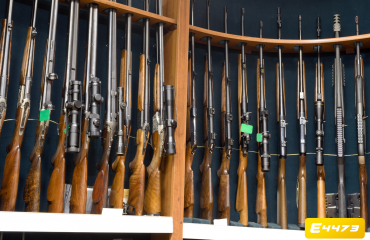
As an FFL dealer, navigating the rules and regulations surrounding firearm sales is a critical part of your business operations. One of the most essential components of this process is ensuring that your customers accurately complete the ATF Form 4473. This federal document serves as a background check record and verifies the eligibility of the buyer. Failure to properly fill out this form can lead to legal consequences, making it imperative for both you and your customers to approach it with utmost care and attention to detail.
Guiding your customers through the ATF Form 4473 is not only a compliance requirement but also an opportunity to demonstrate your commitment to responsible firearm sales. By taking the time to explain the form and assist your customers in providing accurate information, you can establish trust and credibility while ensuring a smooth and lawful transaction.
Here’s a breakdown of the steps involved in filling out Form 4473, which can be shared with your customers:
Part 1: Buyer Information
- (1) Firearm Transaction Record – This section identifies the form as ATF Form 4473.
- (2) Transaction Number – The dealer assigns a unique number for the transaction.
- (3) Type of Transfer – Indicate if it’s a new or used firearm.
- (4) FFL Information – The dealer fills this section with their Federal Firearms License (FFL) details.
- (5) Transferee (Buyer) Information – Enter your full legal name, address, date of birth, and contact information.
- (6) Alien Information (if applicable) – Complete this section if you’re not a U.S. citizen or legal resident.
Part 2: Questionnaires
- (10) Are you the actual transferee of the firearm(s) being transferred? – Answer “Yes” if you’re the buyer acquiring the firearm.
- (11) Are you under indictment for a felony, or have you been convicted of a felony? – Honestly answer “Yes” or “No” based on your background.
- (12-19) Prohibitions – Answer “Yes” or “No” to questions regarding restraining orders, drug use, dishonorable discharge from the military, and other disqualifying factors.
- (20) Warning – Read the warning message thoroughly about the penalties for providing false information.
Part 3: Additional Information
- (21) Description of Firearm(s) – The dealer will provide details about the firearm(s) being transferred, including caliber, model, and serial number.
- (22) Certification of Transferee – You’ll sign and certify that the information provided is true and correct.
Part 4: FFL Information
- This section is reserved for the dealer to complete. They will verify the information you provided, initiate a background check through the National Instant Criminal Background System (NICS), and finalize the transfer process upon approval.
Important Reminders
- Ensure all information is accurate and complete.
- Don’t leave any blanks; use “N/A” if a section doesn’t apply.
- Answer all questions truthfully; any false information can lead to serious consequences.
- Take your time while filling out the form and review it carefully before signing.
As an FFL dealer, your role in completing the ATF Form 4473 is crucial. In Part 4, you will verify the information provided by the customer, initiate a background check through the National Instant Criminal Background Check System (NICS), and finalize the transfer process upon approval.
Completing the ATF Form 4473 is a vital step in the legal firearm transfer process. By carefully guiding your customers through this process and ensuring accurate information is provided, you not only comply with federal regulations but also contribute to a safer and more transparent firearms industry. This level of diligence and responsibility can help strengthen your reputation as a trustworthy and compliant FFL dealer.
It’s worth noting that the requirements and regulations surrounding firearms may vary across different states and jurisdictions. Therefore, it’s always advisable to stay up-to-date with any changes and seek guidance from relevant local authorities to ensure full compliance with all applicable laws and procedures.



